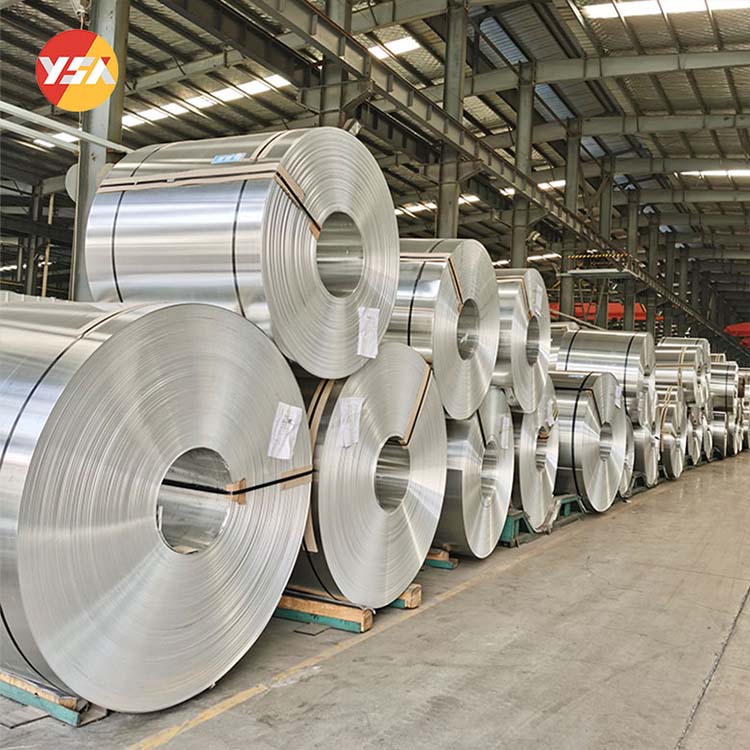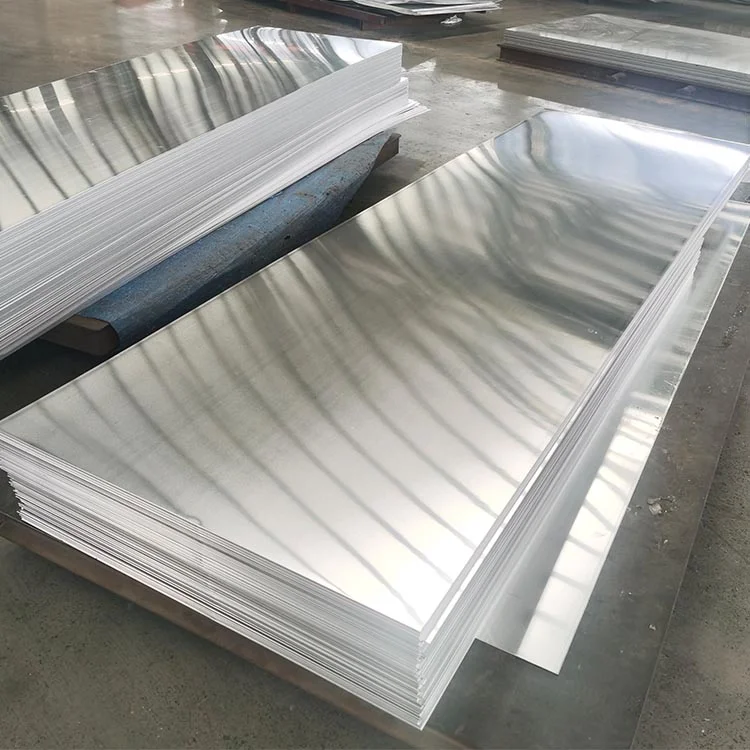Unveiling the Cooling Power: The Versatility of Finned Aluminum Foil
Finned aluminum foil, distinguished by its unique structure and exceptional heat dissipation properties, serves as a crucial component in various thermal management applications. Below, we delve into the comprehensive exploration of finned aluminum foil. Structure and Shape Finned aluminum foil is characterized by its surface adorned with numerous protruding fins, resembling the heat sinks commonly found in radiators or cooling fans. These fins are designed to increase surface area, thereby enhancing heat conduction efficiency and achieving more effective heat dissipation. Material and Manufacturing Finned aluminum foil is typically crafted from high-purity aluminum material, renowned for its excellent thermal conductivity and corrosion resistance. The manufacturing process often involves rolling, cutting, and …
Unveiling the Cooling Power: The Versatility of Finned Aluminum Foil もっと読む »


